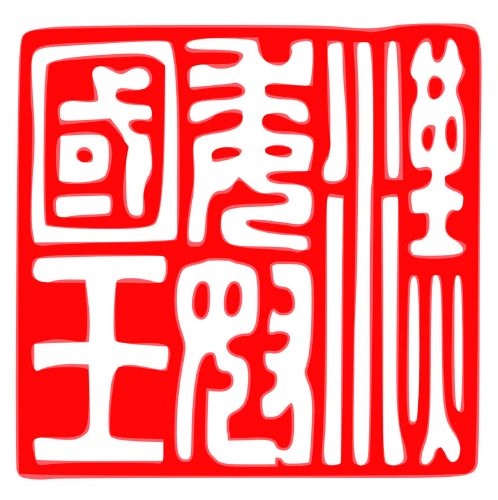By Sarah-Claire Jordan
 Japan is, and has been, a country of fast-growing businesses and technological advances. Think about how many things you use everyday that were probably made, or at least developed or designed, in Japan. This means that a lot of translators had to be employed in order to get those products and information from Japan to customers and clients in other countries, namely the U.S. and other English-speaking nations.
Japan is, and has been, a country of fast-growing businesses and technological advances. Think about how many things you use everyday that were probably made, or at least developed or designed, in Japan. This means that a lot of translators had to be employed in order to get those products and information from Japan to customers and clients in other countries, namely the U.S. and other English-speaking nations.
Translating from a language like Japanese into English is bound to have more complications and issues than other language pairs. First of all, they don’t even use the same writing system, which already sets up a lot of barriers and extra work that translators have to deal with. Besides that, the grammar can extremely different and a lot of rearrangement of sentence and even paragraph structure is necessary sometimes.
Something many new Japanese-to-English translators have issues with is not getting caught up in trying to translate every little thing and learn to just focus on the content of the text first, and capture that accurately in English. There are many things that are necessary in Japanese that, when literally translated into English, make for redundant and even confusing sentences. For instance, there are many “classifiers” used in Japanese, which are words or endings that do exactly as their name implies. However, many times when these are translated into English, you end up with a sentence or phrase that has some unnecessary words.
Another small but important detail with Japanese-to-English translation is the fact that some letters and numbers may be reversed. For example, a literal translation of a Japanese text talking about “patient B” would end up saying “B patient”. The same goes for things like “track 3” in English, which would read as “3 track” in an uncorrected translation. These are really quite small details but make a huge difference in terms of credibility and comprehension.
Japanese has a tendency to favor passive voice over active voice, which is not something we use too much in English unless absolutely necessary, especially when dealing with a text like a product manual or instructions. Something that would read in passive voice if translated without much modification from the original Japanese would be very awkward to read in a manual or list of instructions, so these things need to be changed. It is as simple as changing a passive voice English sentence into the active voice, but it still can fall through the cracks, especially when we are talking about a big translation project with lots of text.
Though easier to translate into English than some languages, Japanese still has some tricky characteristics that an experienced and professional translator will know to look for and correct in the final translation. As with all translation, content is more important than matching the structure of the source text, and in most cases that is not a good idea in the first place. On top of that, you have to deal with a totally different writing system, but working with a good translator means you won’t have to worry about any of that.




